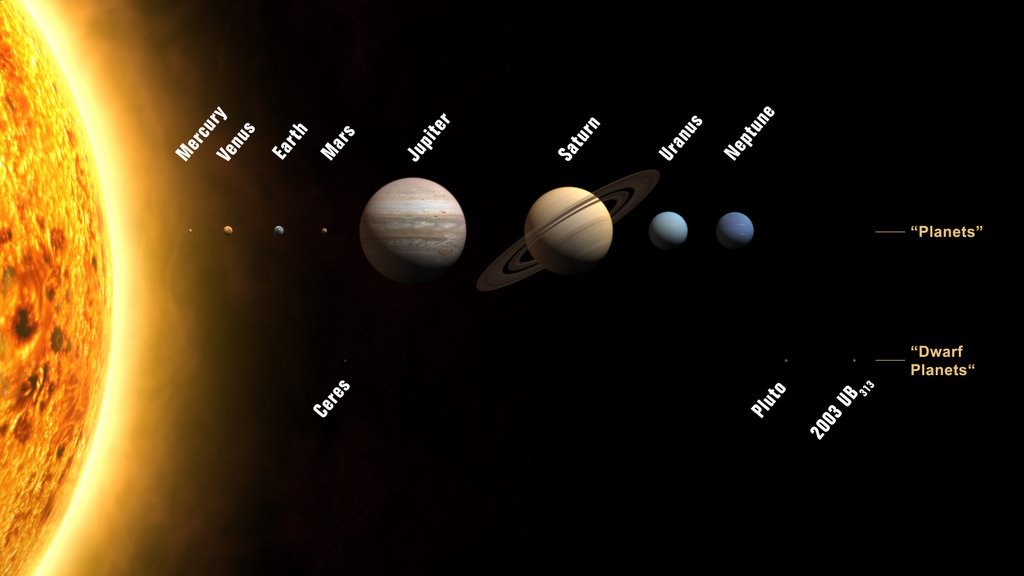NASA has pushed back the launch of the Space Shuttle Atlantis because of Tropical Storm Ernesto, currently threatening the East Coast of the United States. The agency has made the decision to roll the shuttle back to its hanger, to protect it from potential damage from the storm. If the rollback does occur, the shuttle won’t be able to fly before its September launch window ends, so it’ll have to be pushed back to October.
Continue reading “Storm Delays Shuttle Launch”
What’s Up this Week: August 28 – September 3, 2006
Greetings, fellow SkyWatchers! Saturn returns to the morning sky and Selene is back to rule the night. Follow along this week as explore the lunar surface and find all that is bright and beautiful under the stars. Get your binoculars or telescopes ready, because…
Here’s what’s up!
Continue reading “What’s Up this Week: August 28 – September 3, 2006”
Fine Tuning the Search for Black Holes
Although black holes can’t be seen directly, they’re relatively easy to find. Matter spiraling into a black hole becomes superheated, shines brightly, and is visible across the Universe. A new supercomputer simulation has fine tuned the energy calculations for atoms in the vicinity of a black hole. This is very important, because astronomers working on black holes will base their assumptions on these atomic data. The new calculations bring the potential error rates down to a few percent, enhancing the accuracy of other research.
Continue reading “Fine Tuning the Search for Black Holes”
The Secret to Earth’s Shining Auroras
Auroras appear near to the poles when material from the Sun interacts with the Earth’s magnetic field. Now ESA’s Cluster spacecraft have helped determine exactly how energetic particles are generated that cause the atmosphere to glow so brightly. Cluster has confirmed that the interactions with the Earth’s magnetosphere cause flows of gas traveling more than 300 km/second (186 miles/second) to crash into the atmosphere, generating the light show we see.
Continue reading “The Secret to Earth’s Shining Auroras”
Did Mariner IV Pass Through a Comet’s Tail?
On July 14, 1965, NASA’s Mariner 4 made the first successful flyby of Mars; after six spacecraft had already failed to reach the Red Planet. It passed only 10,000 km (6,200 miles) above the surface of the planet, and sent back 22 pictures. Two years later it passed through an intense shower of meteoroids, more ferocious than anything we’ve seen here on Earth. Meteor expert Paul Weigert thinks the spacecraft might have passed close to comet D/Swift, and the meteoroids came from the comet’s tail.
Continue reading “Did Mariner IV Pass Through a Comet’s Tail?”
Pluto’s Out of the Planet Club

Last year we had 9 planets. Recently we were informed it would grow to 12. Now we’ve only got 8. The International Astronomical Union, currently meeting in Prague, voted on August 24, 2006 to demote Pluto down from planethood status. Now Pluto, Charon, Ceres and the newly discovered 2003 UB313 (aka Xena) will merely be known as “dwarf planets”. Under the new definition, planets must orbit a star, be spherical in shape, and clear out their neighbourhood of orbital debris. Pluto has failed to fulfill the third requirement, so it’s official – Pluto is not a planet.
Continue reading “Pluto’s Out of the Planet Club”
Supermassive Black Holes Prevent Star Formation
The supermassive black holes thought to be lurking at the heart of most galaxies could create such a hostile environment around them that they prevent the formation of new stars. This is according to new research assisted by NASA’s Galaxy Evolution Explorer (GALEX). The space-based telescope observed more than 800 galaxies, and found that the larger galaxies had fewer young stars. Astronomers believe that jets blasting out of supermassive black holes could clear out gas and dust; potential star forming material.
Continue reading “Supermassive Black Holes Prevent Star Formation”
Sea Launch Lofts Koreasat 5
A Zenit-3SL vehicle blasted off Tuesday morning from the Sea Launch facility, carrying a Koreasat 5 telecommunications satellite into orbit. The launch occurred at 0327 GMT (11:27pm EDT, Aug 21), and the spacecraft was placed successfully into a geosynchronous transfer orbit about an hour later. The satellite will operate at 113 degrees east, and provide both commercial and military communications services.
Continue reading “Sea Launch Lofts Koreasat 5”
Star Formation in the Large Magellanic Cloud
This photograph is of an active star formation region in the Large Magellanic Cloud, a satellite galaxy of the Milky Way. This region is referred to as N 180B, and contains some of the brightest star clusters ever discovered. Some of the hottest stars here can be a million times brighter than our own Sun. These stars vent out powerful stellar winds that clear out nearby material and cause interstellar gas to ionize and glow.
Continue reading “Star Formation in the Large Magellanic Cloud”
New Crew Exploration Vehicle Named Orion
NASA officially announced today that the crew exploration vehicle will be named Orion. This is the new capsule that will first take astronauts to the International Space Station by 2014, and fly to the Moon by 2020. The agency also recently renamed the crew launch rocket Ares, and the larger cargo rocket Ares V. Orion will be capable of carrying 6 astronauts to the space station, or 4 astronauts to the Moon.
Continue reading “New Crew Exploration Vehicle Named Orion”
